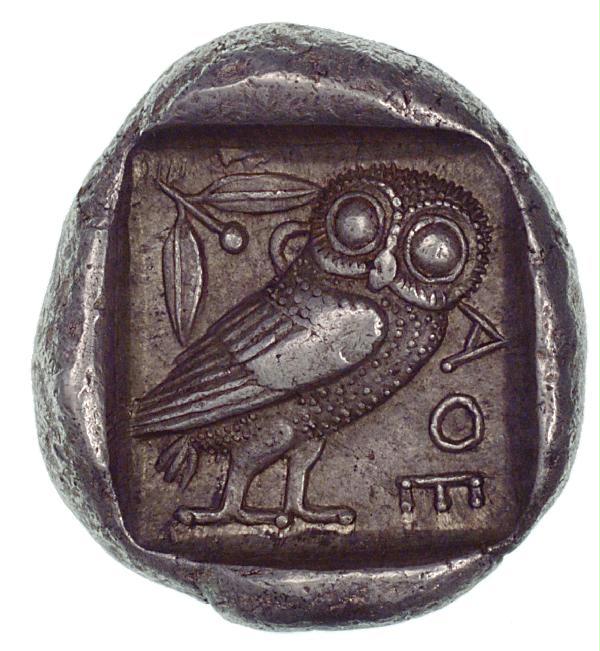As a painter, who portrays the pallorand bleakness of a dead body, adorninga bloodless face with the hues of death,also adds there horrid beasts and frighteningmonsters, and verisimilar ones at that:though, as true-to-life, he may frighten you,the mere illusion of those painted featuresand his craftsmanship can delight you;so, by means of these colors and lightsof poetical style, together with theseshadows of poetry, I create dreadfulshapes, and I thus try my best to pleasethe most sublime minds, and from deep horrordraw such delight that satisfies the more wise.
A footnote engages these ideas:
Among the “manifestos” we have already come across, this one is the most radically Tassean. Cf. Gerusalemme Liberata 1, stanza 3, but capsizing it: there, beautiful descriptions aimed at attracting readers and making them “drink” (that’s the verb Tasso uses) the more serious contents; here, a frightening surface calls the readers to a paradoxical discovery of Light and Beauty at a deeper level—in poetry as well as in life. Melville assumes a like posture in Moby-Dick, ch, 1: “Not ignoring what is good, I am quick to perceive a horror, and could still be social with it—would they let me—since it is but well to be on friendly terms with all the inmates of the place one lodges in.”



























No comments:
Post a Comment